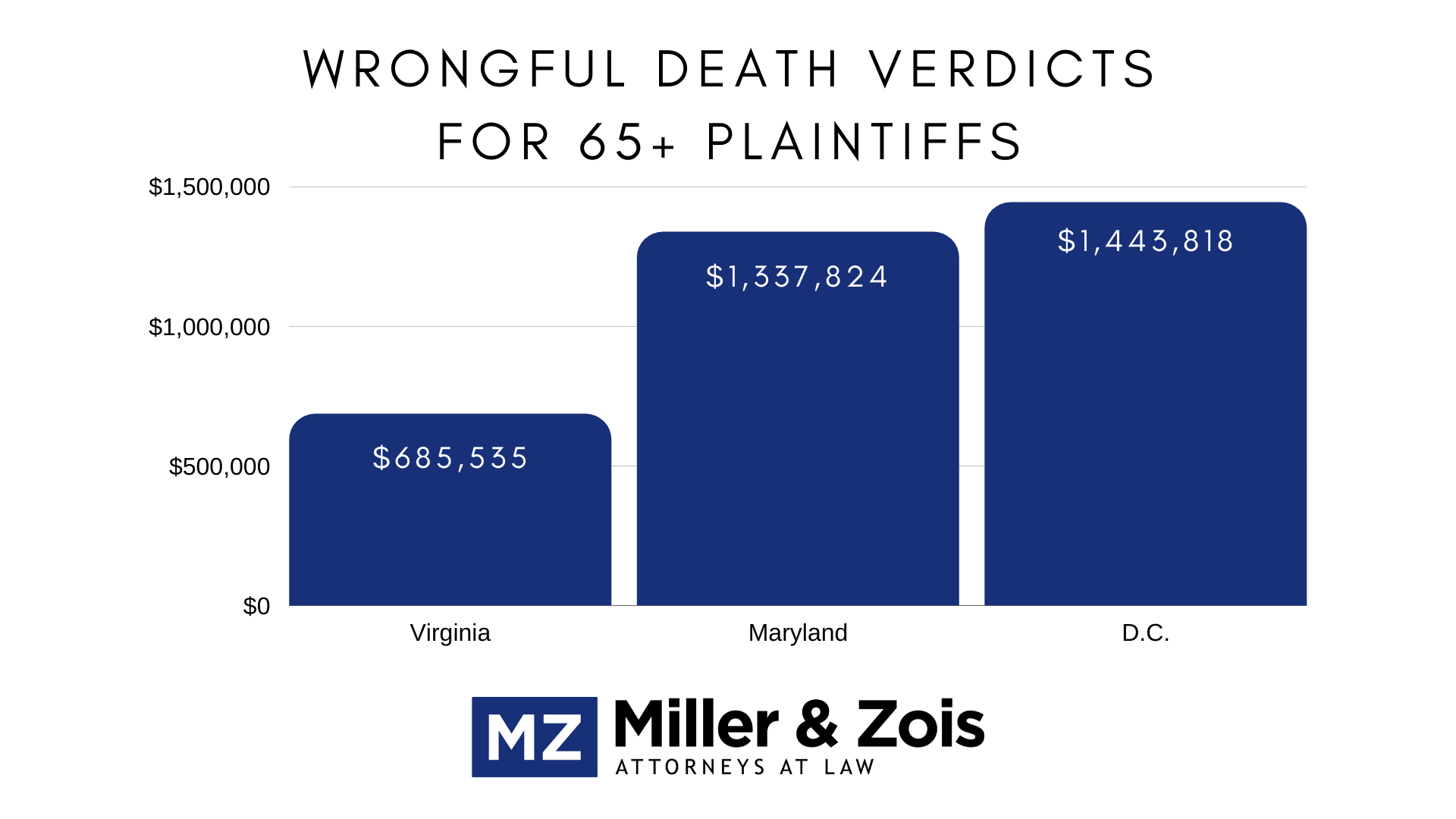The Maryland Court of Special Appeals found Monday that the trial court erred in excluding the estate of a five-year-old drowning victim from presenting a survival action for conscious pain and suffering of the child while drowning. You can find the opinion here. I first blogged about this case two years ago after an Anne Arundel County jury awarded $4 million in a wrongful death action brought by his parents. The trial court dismissed the survival claim for lack of evidence that the boy suffered before he died.
The lawyers in the case on both sides did exactly what lawyers should do: make the best arguments for their clients. I would do the same. But it is haunting trying to explain this to your client in a wrongful death/survival action case. “No one knows for sure whether your child (or parent or sibling) suffered awfully before he/she died. But the likelihood is high because (fill in your own awful means of death). So we will argue that he/she endured unbelievable suffering that neither of us can ever imagine.” You don’t say it quite like that. But it is awful, and it makes you want to get another job.
After I frame the issue, the client almost invariably wants to win the argument. This is understandable. But the victim’s family finds themselves in the position of rooting that someone who has never met the person they love finds there was horrible suffering before the person’s death. But they hope and pray that it is not true. It is a grotesque paradox.
Defense lawyers have it worse on some level. I don’t know who the lawyer was in this case but what are the chances that the lawyer went home to their spouse at the end of the day proud of their victory in the trial court? “Honey, I won this argument today where I argued this little boy drowned and didn’t suffer because there is no proof the child suffered because he died – I’m so proud of my victory.” Do you think the lawyer does not know that child suffered? Don’t you have to sadly admit this as you explain the story of your “victory”? Again, I’d make the argument if I was the defense lawyer. Then I would go home and shower. Continue reading





